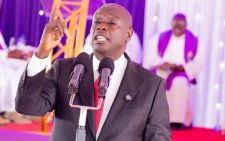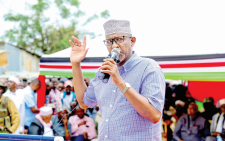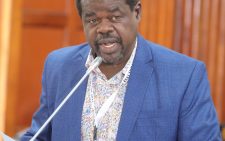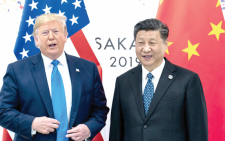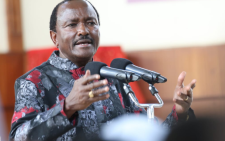Sports CECs hold key to reducing unemployment
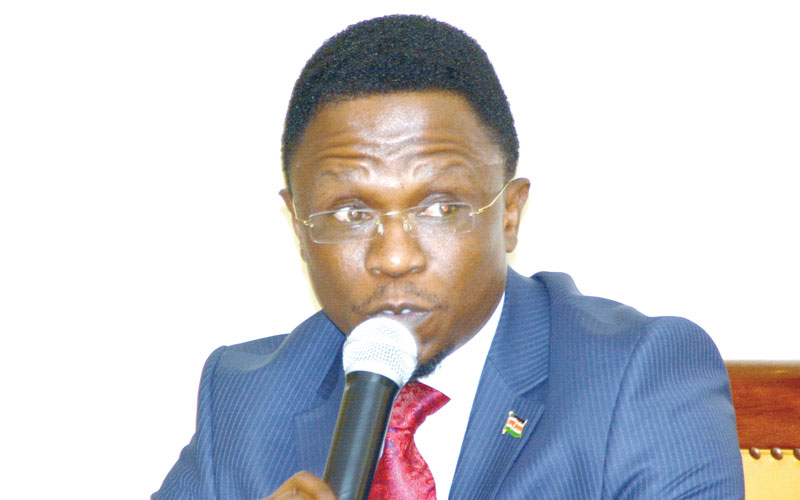
A quick scan through county government websites reveals some of the projects undertaken and their visions.
However, one ministry appears to be lost in the overall vision of almost all counties – the Ministry of Sports, Gender, Youth and Culture.
Unlike ministries that have tangible deliverables such as roads, health, water and sanitation, or education, Chief Executive Committee Members (CECs) in charge of Sports mostly have blank pages. Yet sport is a key player in the quest to eradicate poverty, especially amongst the youth. According to the 2019 census data, 38.9 per cent or 5.34 million of the 13.78 million people under the age of 35 are jobless, the highest rate in East Africa.
UN notes that sports will contribute massively in the development objectives set in the post 2015 development agenda. Commonwealth stakeholders aver that if used correctly, ‘sports and play can contribute to improving quality of education, overcoming inequalities, building bridges in fragile situations and raising awareness of the consequences of expected global population growth.’ In 2008, the International Olympic Committee and UN agreed on an expanded framework for action to use sports to reach the goals of UN, and established a trust fund on Sport for Development and Peace.
A look around the world shows how families, hence societies, become successful when their youth excel in sports at international level. Countries like England have large economy sectors built around sports and its multiplier effects. The English Premier League is now not only marketed to citizens but the whole world. Such countries even extend sports scholarships opportunities to young people in the developing world. Yet this journey always starts at the grassroots level where there are established development and excellence centres.
The CECs can do the following to give opportunity for dignified employment to the youth, and expose them to the road of success.
First, they should consider reintroducing KECOSO games that used to happen under municipalities and city councils.
Second, they should establish accessible sports facilities in the neighbourhoods. Construction of large main stadia is a good thing, but it does not open opportunities for the youth who do not play in the upper leagues. The County Government of Mombasa has already taken lead in this area by constructing three seven aside football pitches and two mini stadiums in Majengo, Kizingo, Kisauni, Kongowea and Bomu.
They should also work with the national Ministries of Education and Sports to equip primary school grounds and raise them to the required standards for talent competitions. Acrobatics games, athletics, football and other sports used to be the norm in the 1990s.
Finally, they should establish and nurture football academies and sponsor clinics and localised competitions. This will bring to the fore talents that may otherwise never feature at prominent stages such as the secondary school games.
We should also appreciate that this is not a fit-for-all way forward. Each county should identify the sport in which their young people play and excel most. For instance, football academies would do well in Western region counties that produce a bulk of our players in the leagues.
When you look at the Rift Valley, there is great potential in harnessing track and field sports talents.
Mould the next Julius Yegos. In between, we have opportunity to raise short distance athletes in the league of Ferdinand Omanyala, as well as long jumpers, high jumpers and shotput competitors.
Strengthen sports such as beach volleyball in the coastal counties. Investment in sports with the aim of excelling will not only open doors for young people but will also change perceptions. Parents will understand that a child can go to school and excel in academics as well as sports.
— The writer is a Sports Development for Peace Advocate
